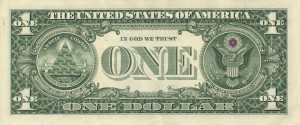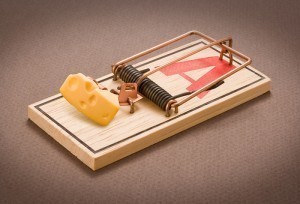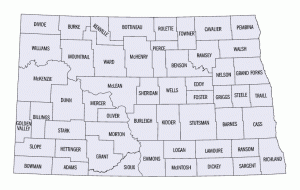Dollar Bill Dimensions
Because it is considered the most common U.S. currency denomination, it is very easy to recognize a one-dollar bill once you see it. If features George Washington, who is the very first president of the United States. On the other hand, the reverse side of the bill features the Great Seal of the United States. It became part of the U.S. Federal Reserve Note in 1963. Aside from these highly interesting details, it is also nice to learn the different dollar bill dimensions.
it is very easy to recognize a one-dollar bill once you see it. If features George Washington, who is the very first president of the United States. On the other hand, the reverse side of the bill features the Great Seal of the United States. It became part of the U.S. Federal Reserve Note in 1963. Aside from these highly interesting details, it is also nice to learn the different dollar bill dimensions.
The Dimensions of a Dollar Bill
Throughout the history of the United States, the dollar bill was released in two major formats, namely in large-size notes and in small-size notes. Released in 1862, the large-size one-dollar bill measured approximately 189 by 79 millimeters or 7.4218 by 3.125 inches. This kind of design lasted until the middle parts of the 1920s. After that, the size of all currency was changed to 155.956 by 66.294 by 0.10922 millimeters or 6.14 by 2.61 by 0.0043 inches. Until now, it remains as the standard size of all U.S. currency.
Additional Facts and Other Interesting Details
The one-dollar bill has gone through a number of significant redesigns. In 1862, it was issued as a United States Note, which featured a portrait of then-Secretary of the Treasury Salmon P. Chase. In 1869, a portrait of Washington was featured at the center. As part of the redesign, the term ‘United States Note,’ was changed to ‘Treasury Note.’
In 1874, the 1869 United States Note Series experienced various significant changes. The term ‘Treasury Note’ was changed to ‘United States Note.’ Changes to the obverse side included the addition of a red floral design in order to highlight the term ‘Washington D.C.’ and the removal of the blue and green tinting. The reserve side of the bill was changed completely. In 1880, the red floral design was removed around the terms ‘Washington D.C.’ and ‘One Dollar.’
The current size of the one-dollar bill was in effect since 1929. In 1942, special issues of one-dollar bills emerged because of World War II. One of the significant changes in design took place in 1969. It featured a new treasury seal. Instead of Latin, the wording was changed to English. From this point in time, the design has continued except for the series date and signatures. Although higher denominations have been changed a couple of times since 1995 to fight off counterfeiting, there are no plans yet to change the design of the one-dollar bill.





